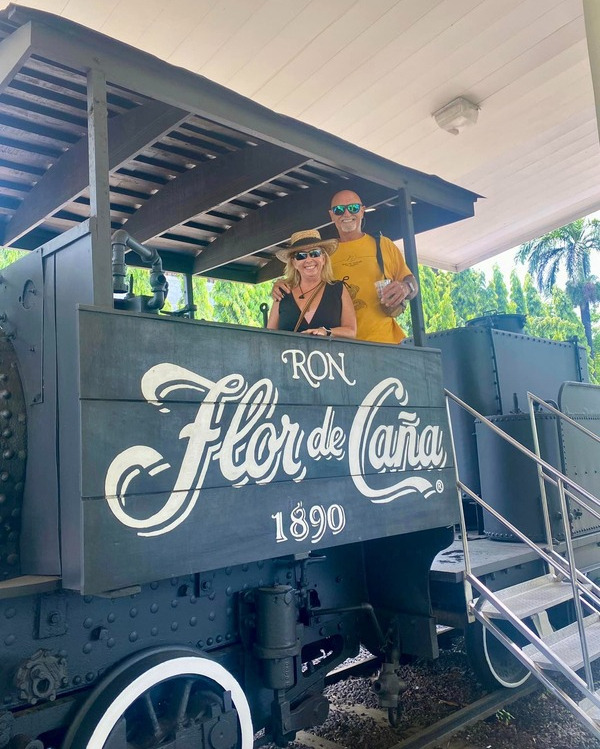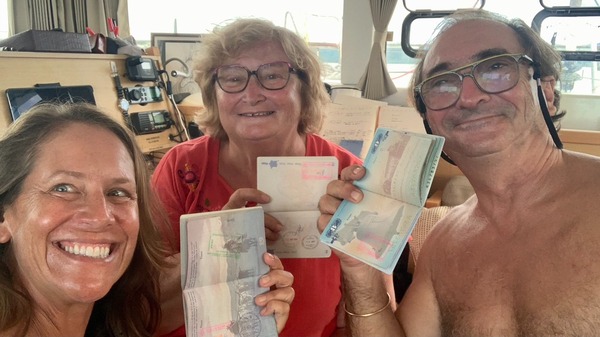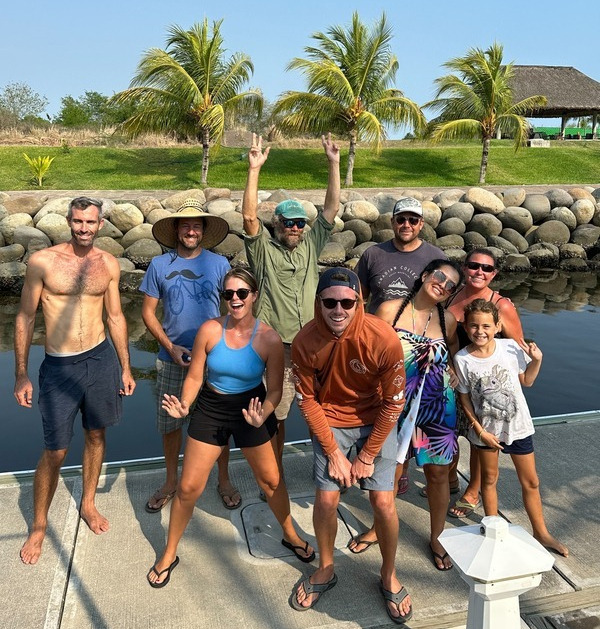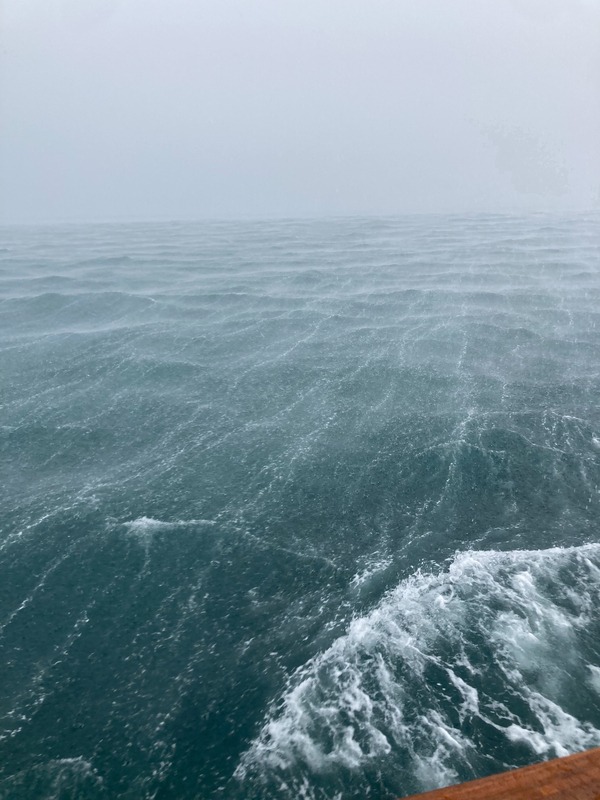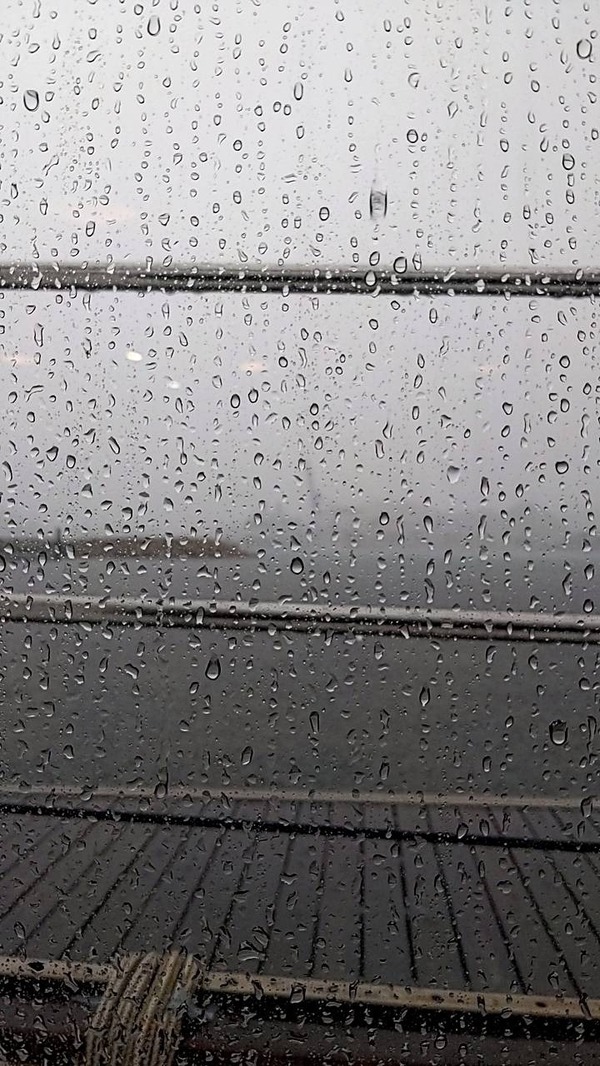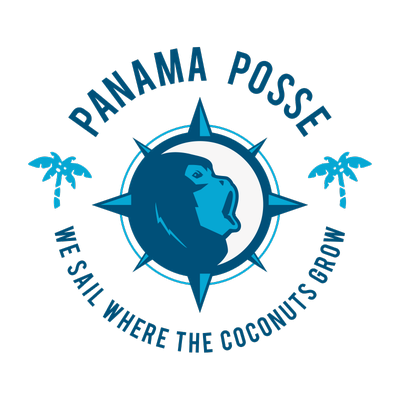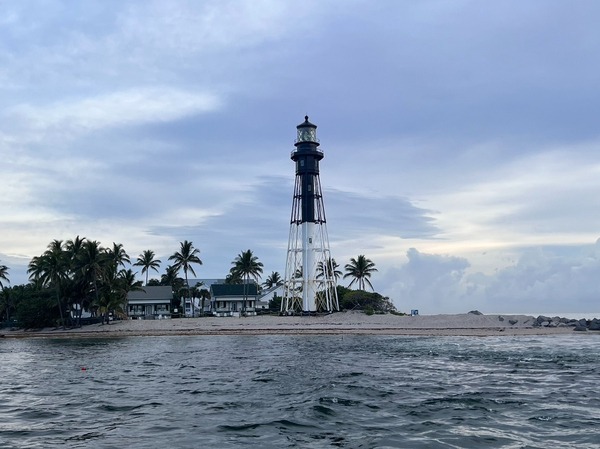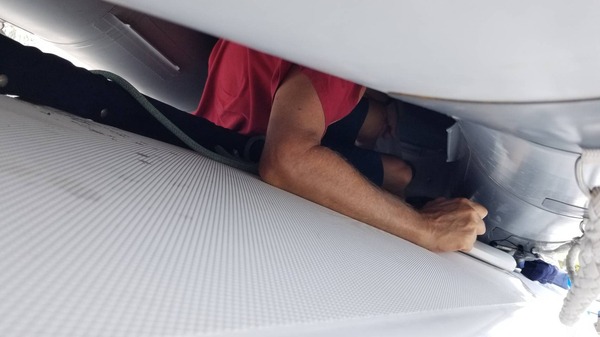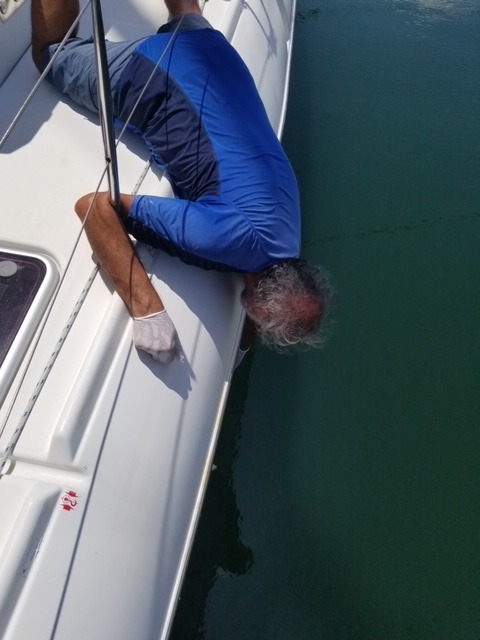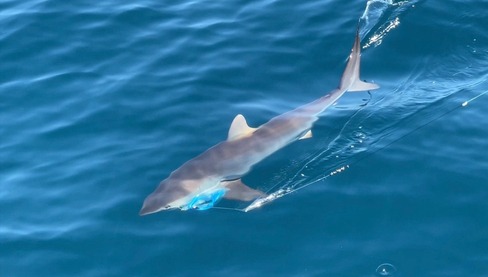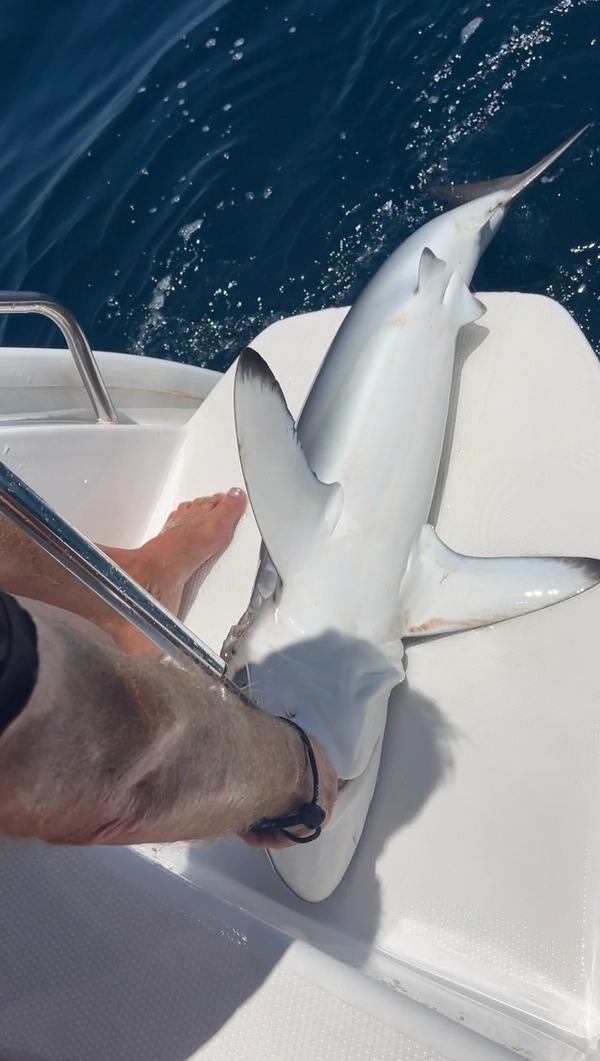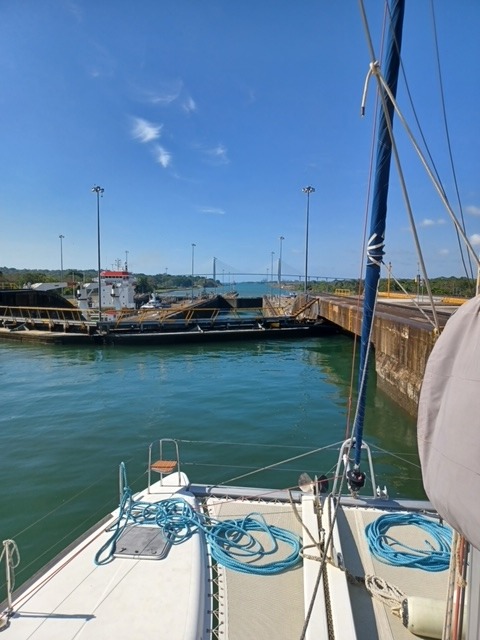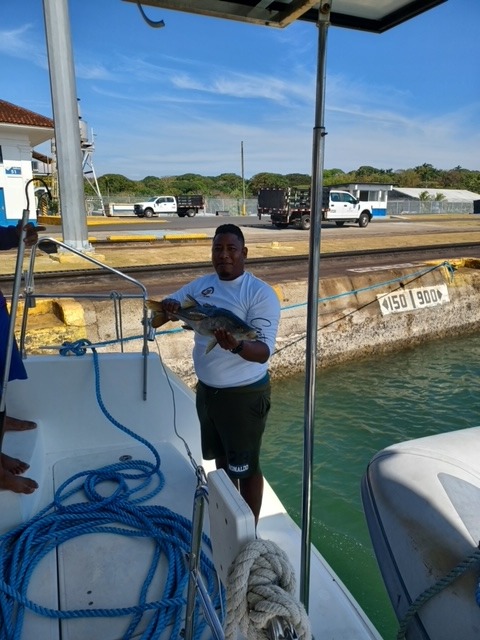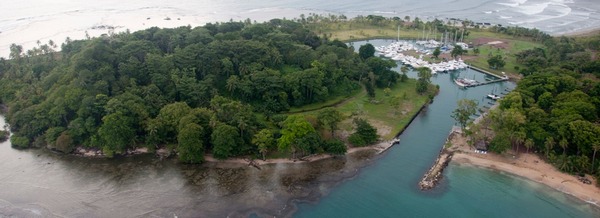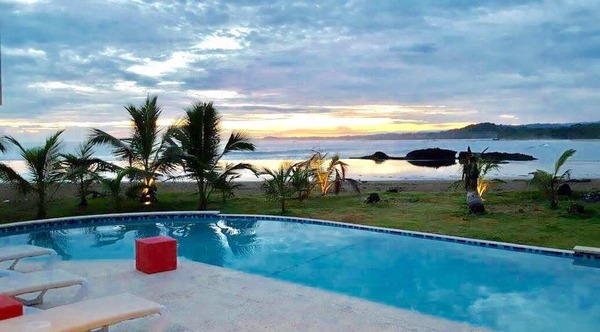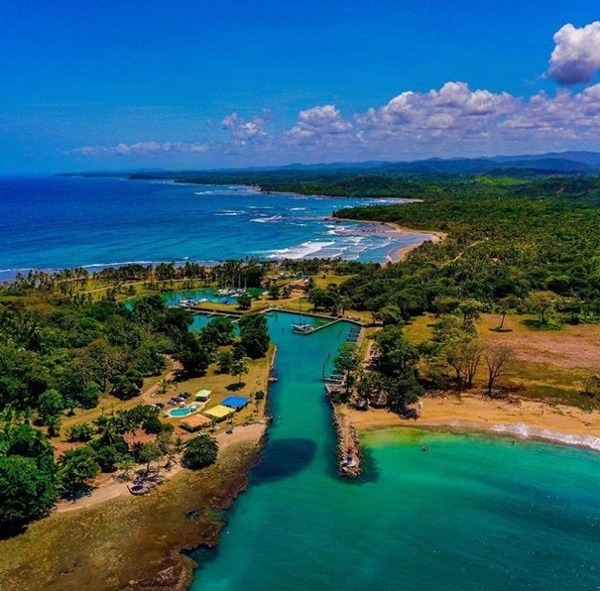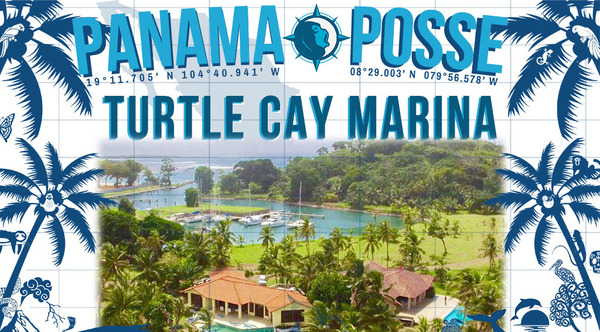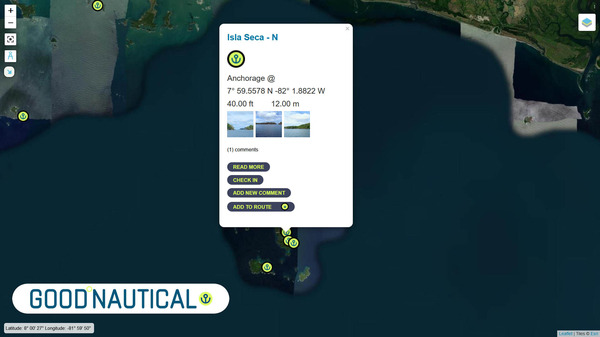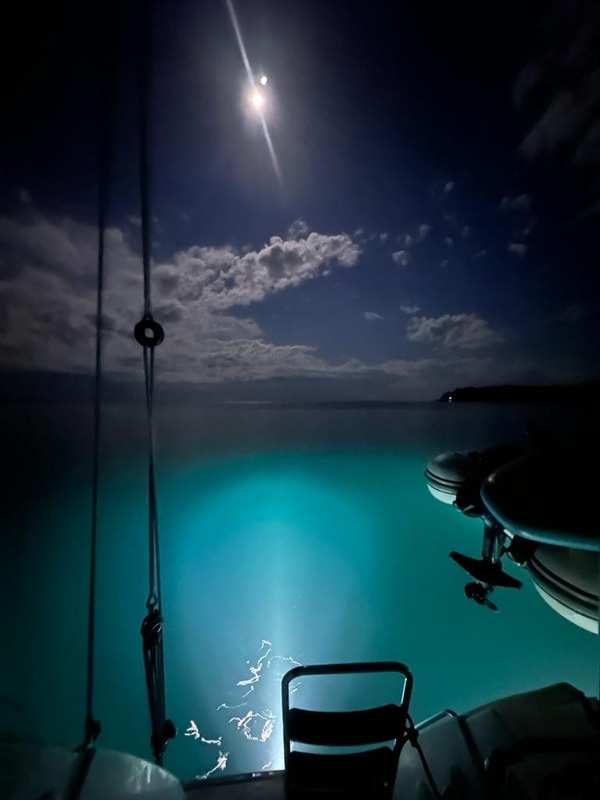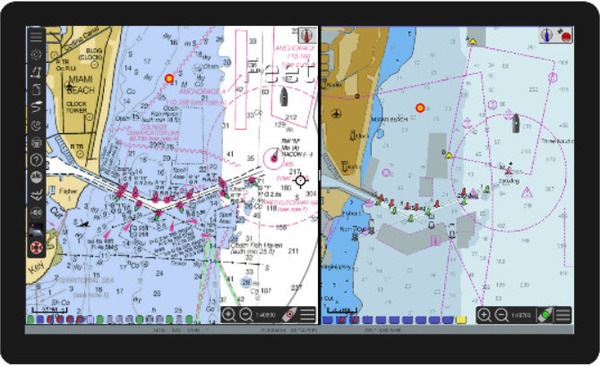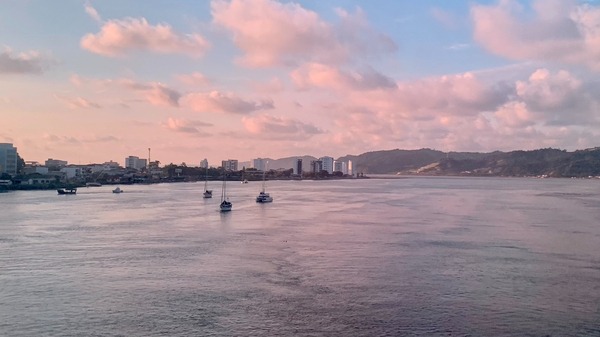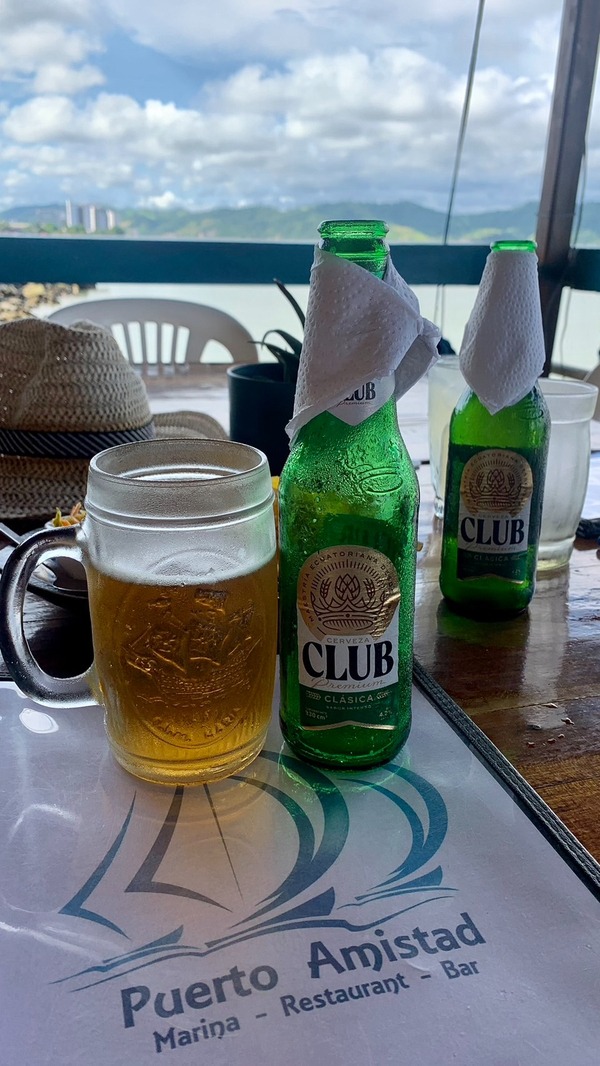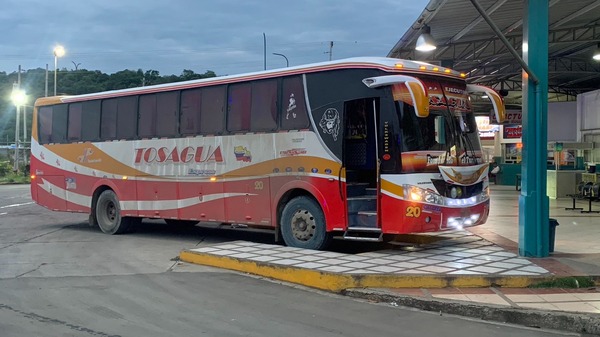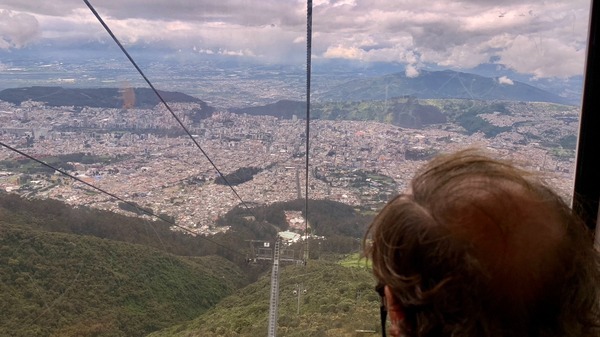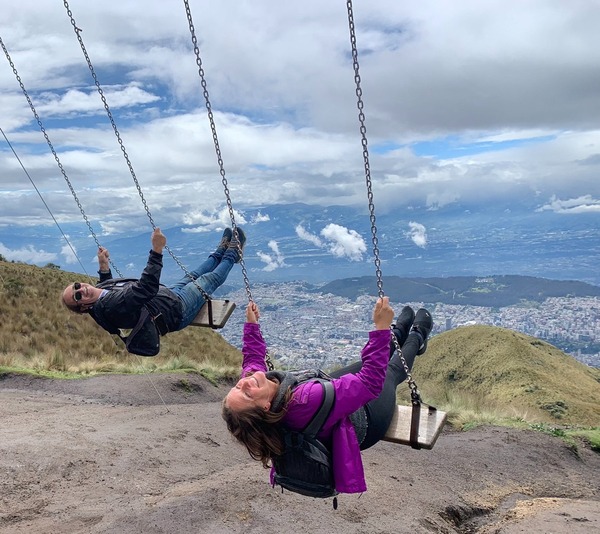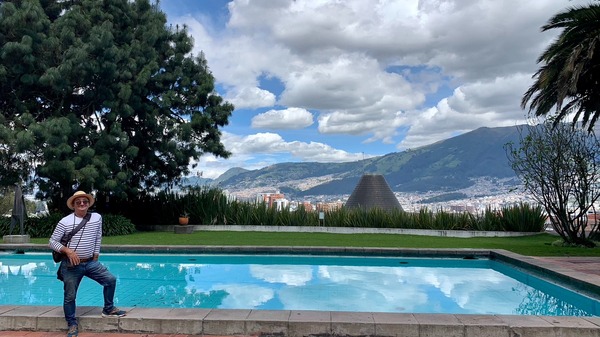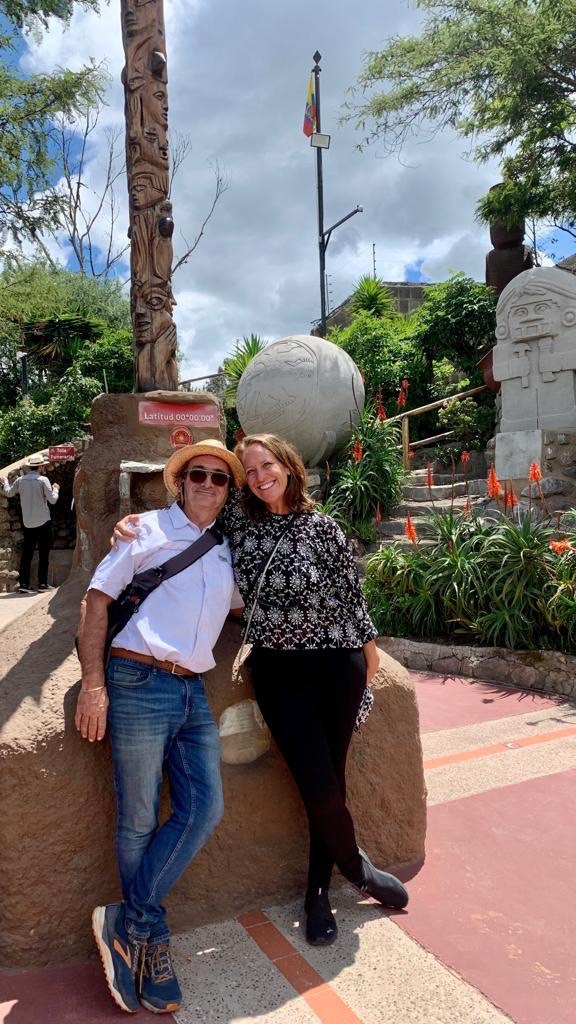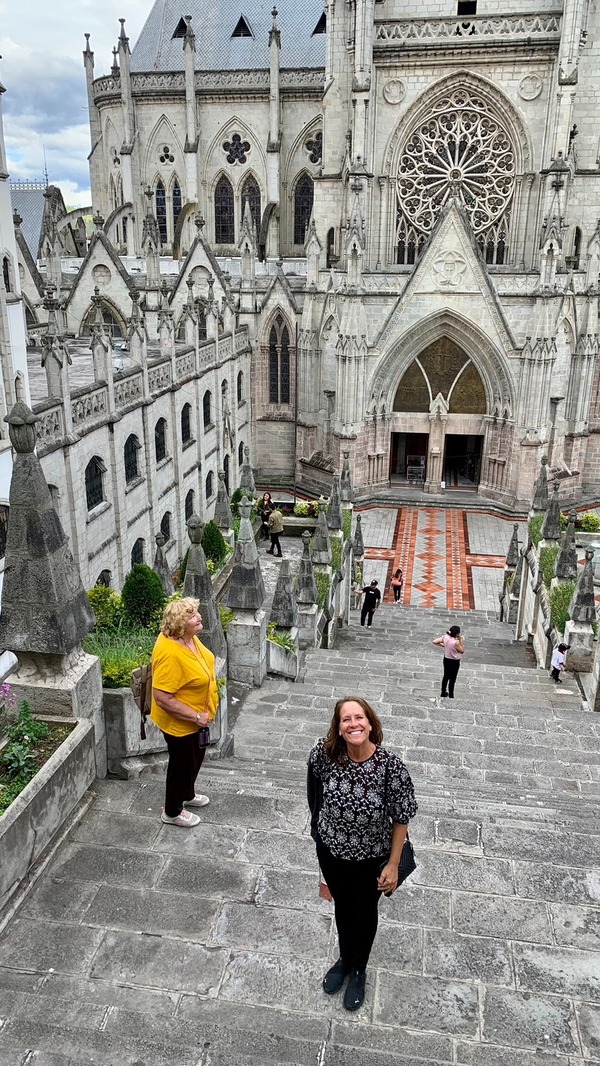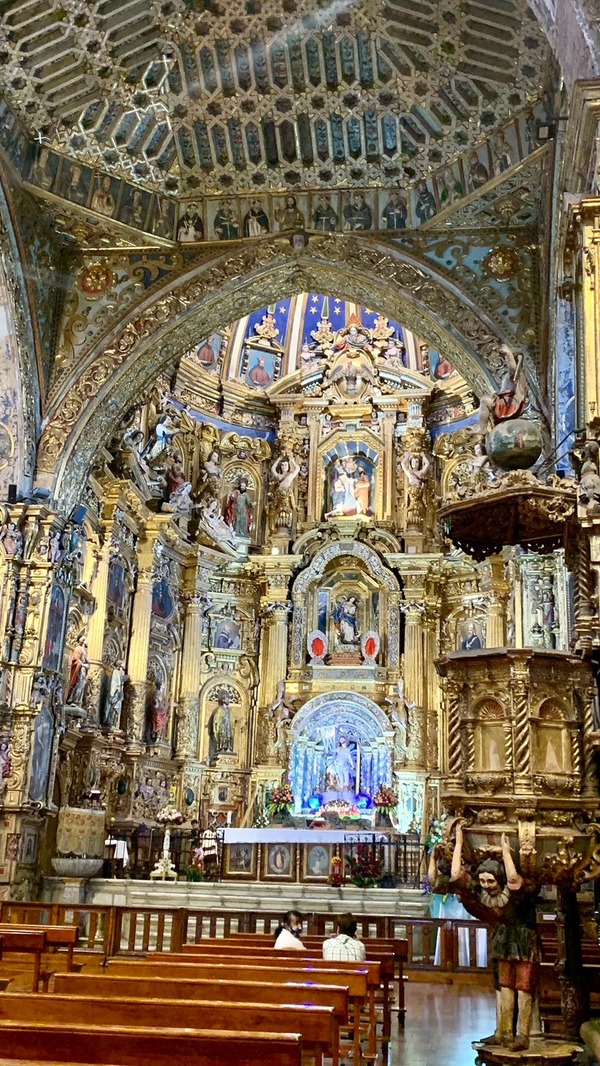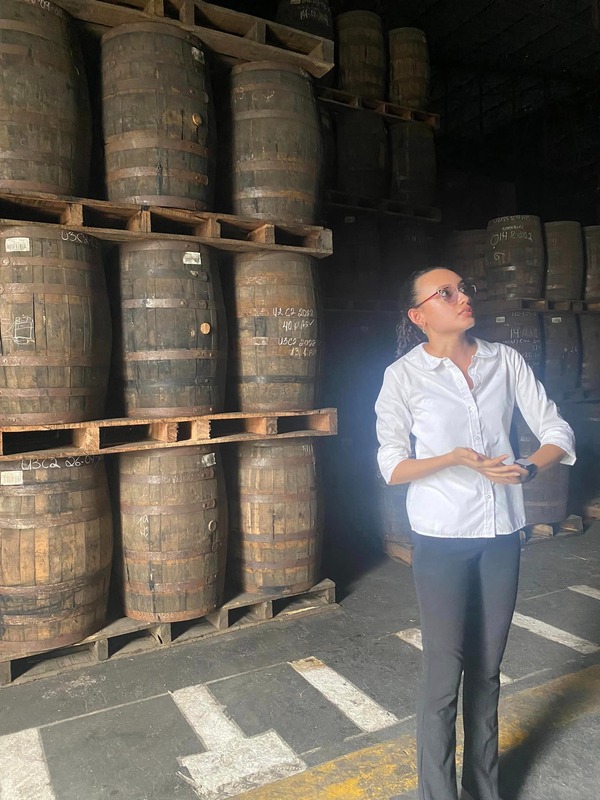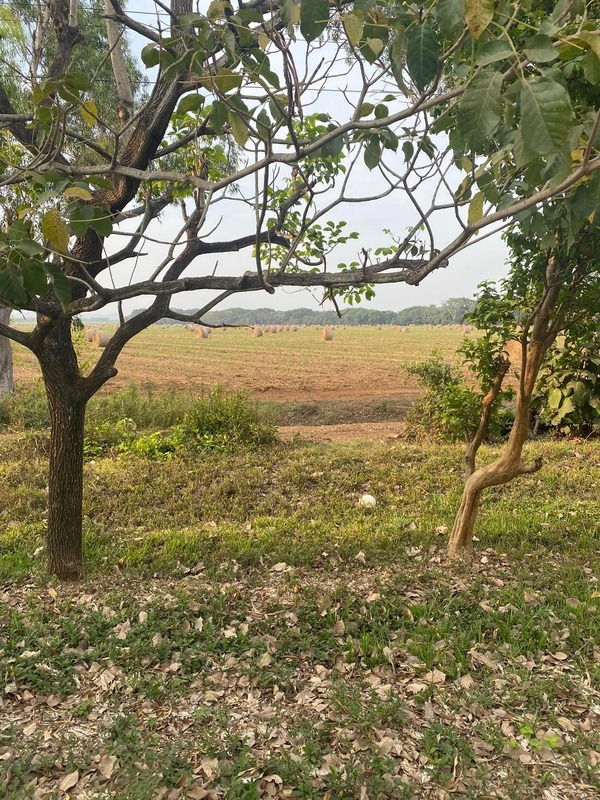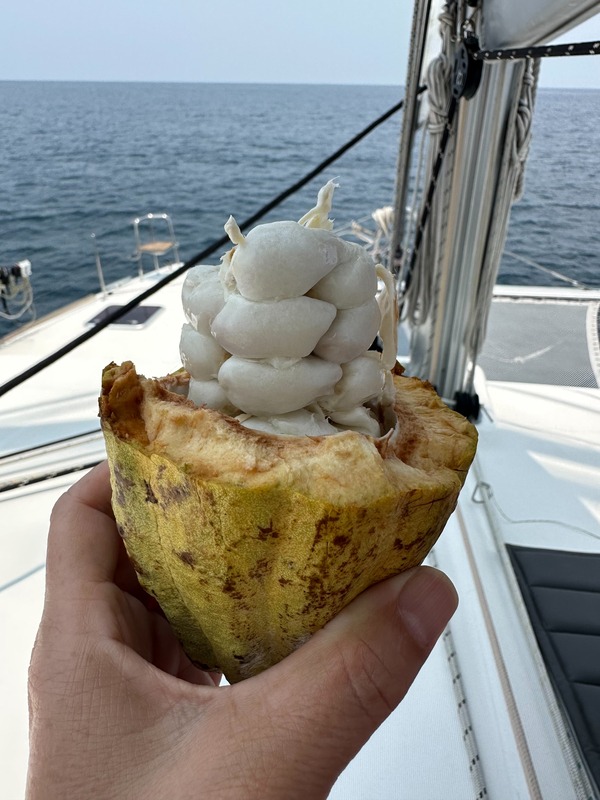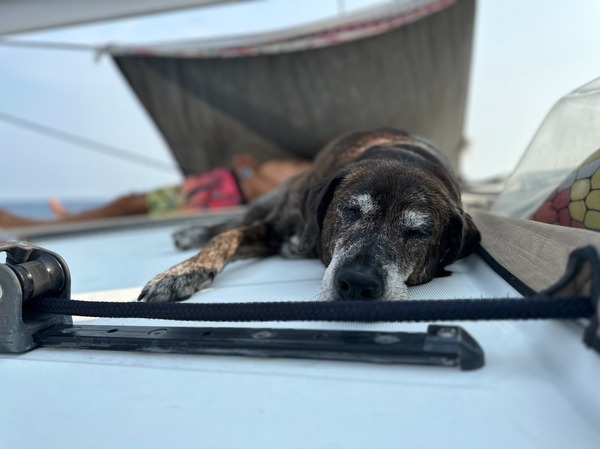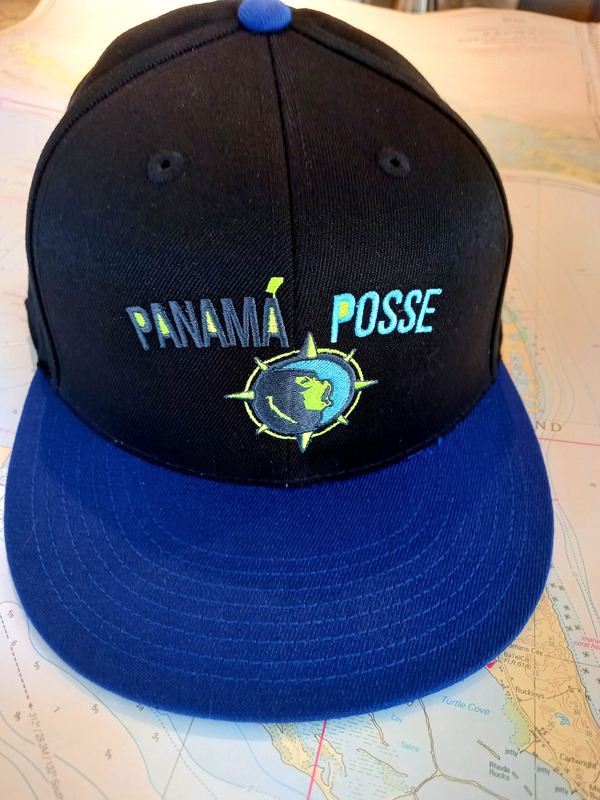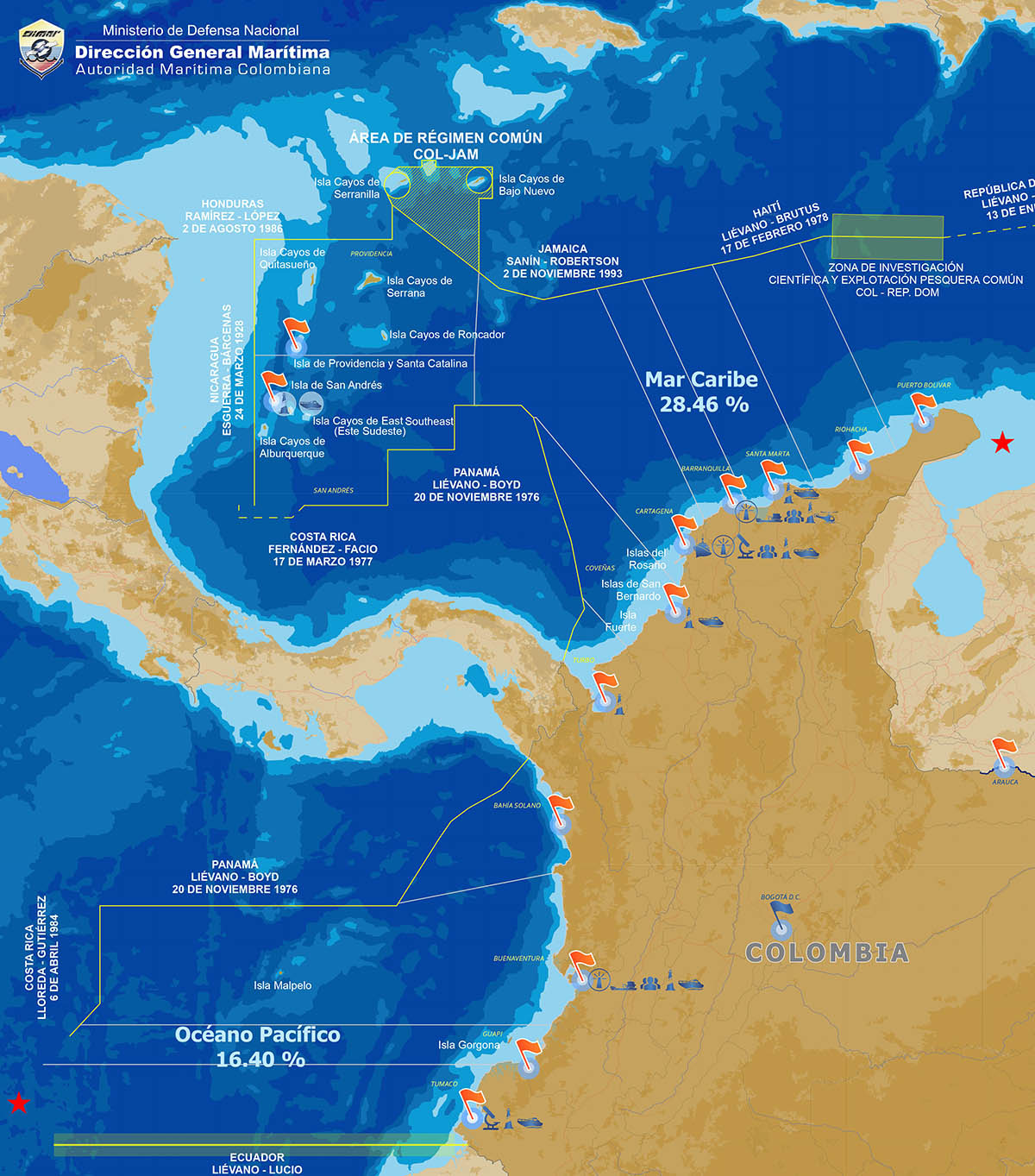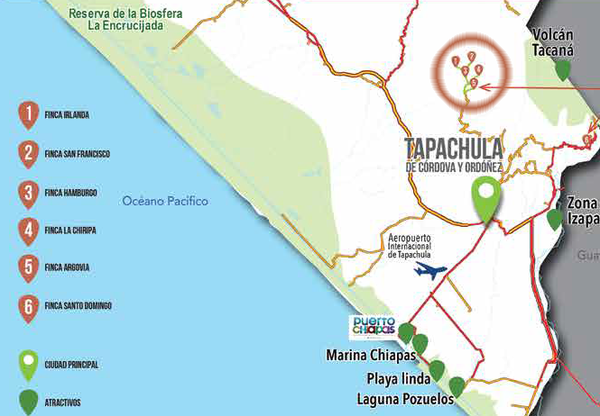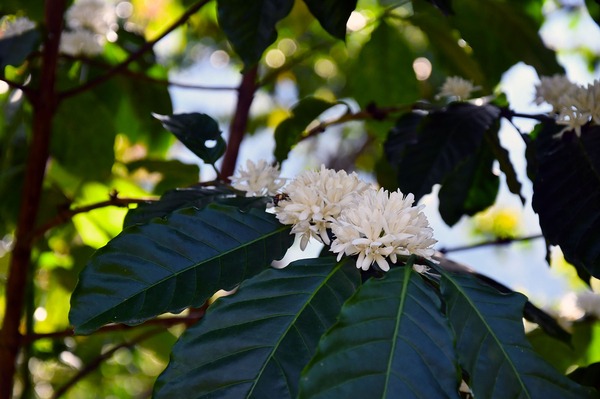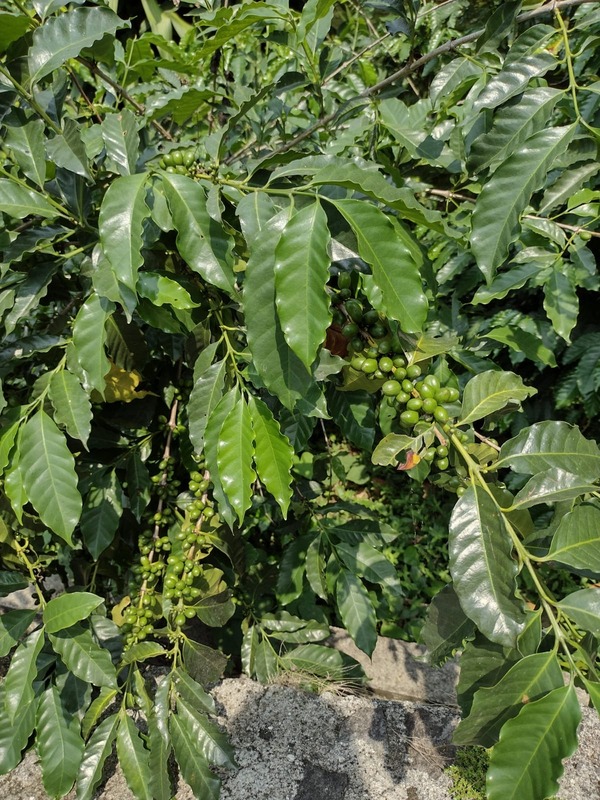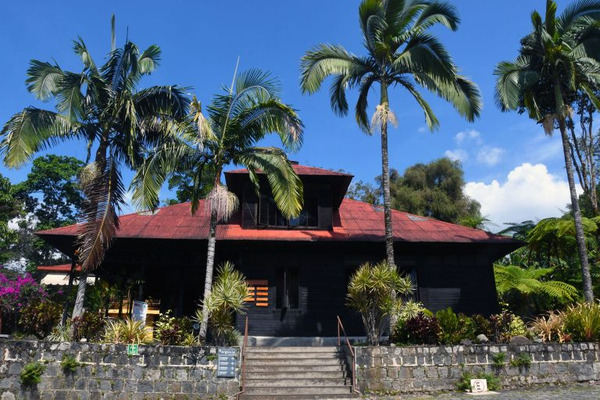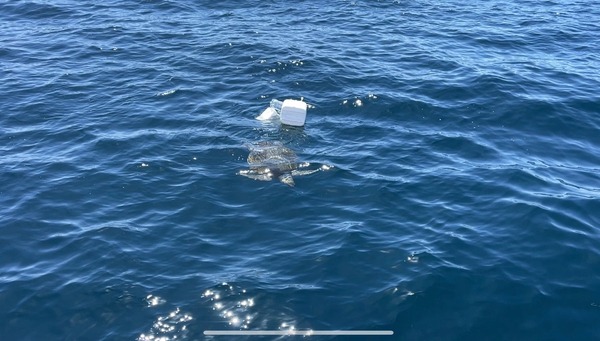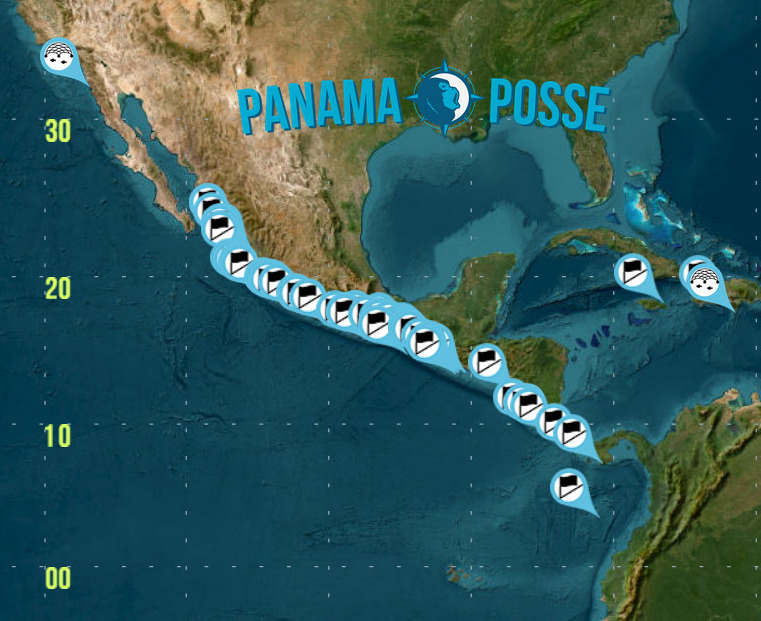FLEET UPDATE 2023-05-06
|
|
|
TURTLE CAY MARINA 🇵🇦 PANAMA SPONSORS THE OCEAN POSSE
TURTLE CAY MARINA 🇵🇦 SPONSORS THE OCEAN POSSE
09° 35.935' N 079° 26.3233' W

We are excited to Sponsor the OCEAN Posse with the following discounts !
- 15 % discounts on slips; or stay 4 nights, pay for 3
- Long term discounts of at least 15 %, depending on length of stay
- 15 % discount on metered electric service
- free delivery service to your yacht from Panama City
- unlimited use of our large shower- change- bathrooms and full coin operated laundry
- unlimited use of our covered social area and B-B-Q
- free unlimited use of our beaches, beach huts and bath rooms
- free unlimited use of our fresh water swimming pools except Saturdays or Sundays. (Unless you're a hotel guest).
- 15 % discount on food and drinks at our restaurants
- 15 % discount at our hotel
- exclusive personnel transfer service to or from Panama City or airport for $50. (Max. 3 persons)

CONTACT
info@turtlecaymarina.com
AMENITIES
- Slips up to 120 feet
- 100 amp pedestals
- 30 miles away from San Blas
- Fresh water
- Free Wi-Fi
- Fuel dock
- Yacht club
- Beach bar
- Restaurant
- Laundry room
- Bathrooms
- Showers
- White sandy beaches
- Taxi service
- 24-hour security
- Services
- Fuel Service
- Wi-Fi
- Bottom Jobs
- Haul out
- Stands
- Blocks
- Pressure wash
- Light scrape
- Temporary letter

TURTLE CAY MARINA SAFE APPROACH
LOCATION

NEARBY
San Blas
White sandy beaches
Crystal clear ocean water
Helicopter Tours
Shelling, Tidepool Exploration, Sunbathing
Diving, Snorkeling, Catamaran Sailing (Hobicats), Boat Tours, Kayaking, Deep Sea Fishing
Jungle Treks, Hiking, Birdwatching, Horseback Riding
San Blas Trips, Kuna People Experience, Sightseeing, Historic Excursions
Souvenirs, Free Zone Shopping (in nearby Colon); Panama City Excursions
Briefings, Experience Tours, Investment Seminars for Groups
 '
'





